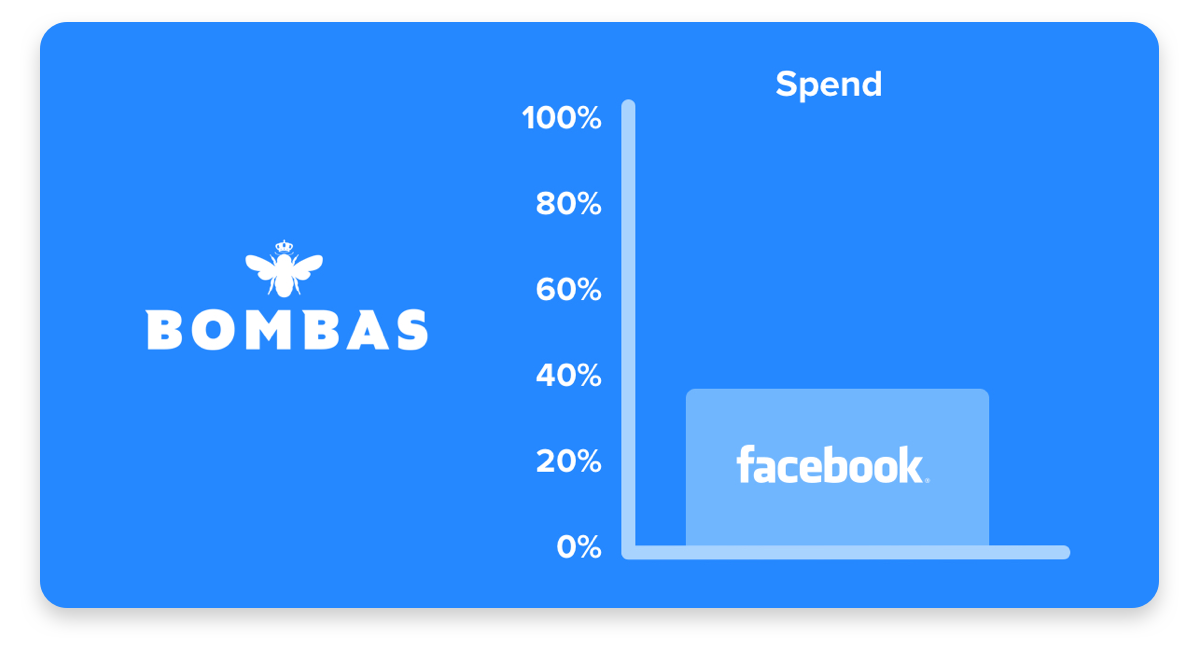The #1 New Year’s Resolution for D2C Brands
It’s been a big year for direct-to-consumer (D2C) brands. They increased ad spend by 50% and continued to upend retail by cutting out the middle man and building direct relationships with their buyers. In fact, 78% of D2C companies said they increased their budgets this year, while only 60% of traditional retailers said the same.
Consumers are also feeling the D2C hype: 40% of US internet users predict D2C brands to make up at least 40% of purchases in the coming five years.
Still, with great power comes great responsibility. In order to maintain this growth in an increasingly competitive market, D2C brands can’t rest on their laurels. They’ll have to keep innovating and finding new ways to engage consumers.
“More recently, a lot of companies have come up and been advertising in the same spaces and driven costs up,” said Rebecca Lavietes, marketing manager of eBags. “It’s made it a lot harder for us to really drive the same traffic and revenue that we were.”
That’s why there’s one new year’s resolution that should be at the top of D2C brands’ lists: testing new acquisition channels.

Testing new waters
As we discovered in our recent webinar, Overcoming the Challenges of Growing a Direct-to-Consumer Brand, top D2C brands like Vuori, eBags, and Public Rec say they’re dedicated to diversifying and testing new partners and media channels. eMarketer corroborates this, reporting that 93% of D2C brands say acquisition marketing is their top ecommerce marketing investment.
But why should D2C brands prioritize diversification as we head into the new decade? Because Facebook algorithms change, consumer behaviors shift, and new technologies can rapidly alter the landscape. And brands need to stay vigilant – especially D2C brands, which build their empires through direct, digital marketing channels.
As Erin Gregory, director of marketing of eBags said, “A cardinal rule of marketing is that things inevitably stop working. A strategy you’ve had that’s performed day in and day out will eventually go off the rails. So you have to be diversifying in order to hedge against that effect.”

It’s not fear; it’s just fact. That’s why brands like Bombas reduced their Facebook ad spend from 85% to roughly 35% of their budget. And they’re not the only ones.
According to a survey commissioned by LiveIntent in October of 2019, 85% of marketers are concerned over the rising , and 47% of marketers think they could be priced out of Facebook advertising if these trends continue.
Bret Fredrickson, customer acquisition manager of Vuori, echoes this sentiment. “Facebook’s been a huge huge channel for us, but we like to operate as if it is going to disappear tomorrow,” he says. “That means taking advantage of it while it’s here, but also looking at new channels and investing where we think attention will go to.”

Email as the new frontier
Email offers a huge opportunity for D2C marketers to reach consumers across devices and directly in their inboxes – where they already receive one-on-one messages from friends, family, coworkers, and their favorite brands. As LiveIntent found, D2C campaigns drove 25% more clicks and 35% more conversions in 2019 than in 2018.
So, even if D2C marketers got what they wanted most for the holidays – clicks, engagements, and conversions – they should still prepare to test new acquisition channels and diversify their marketing platforms for more success in 2020.
—



